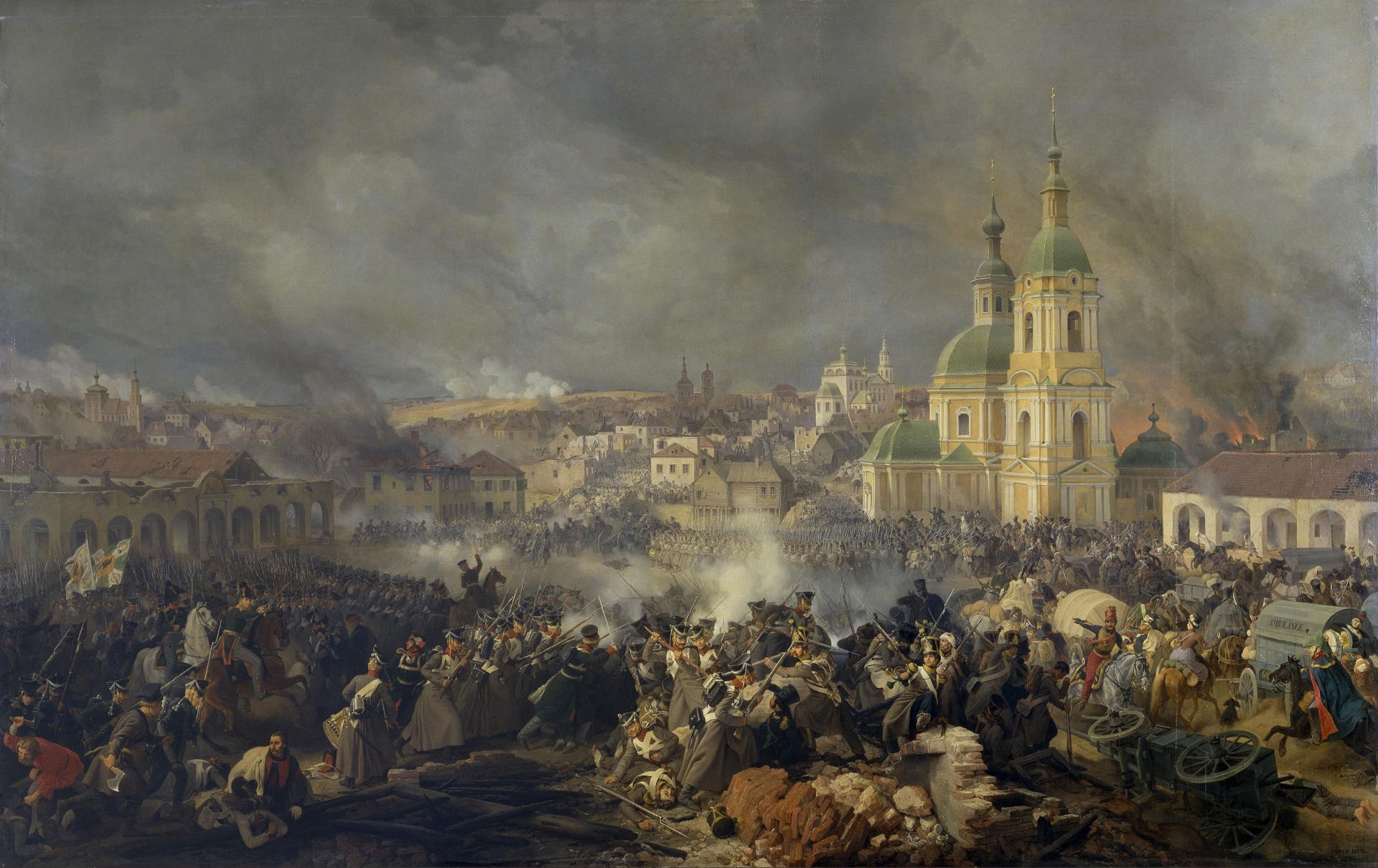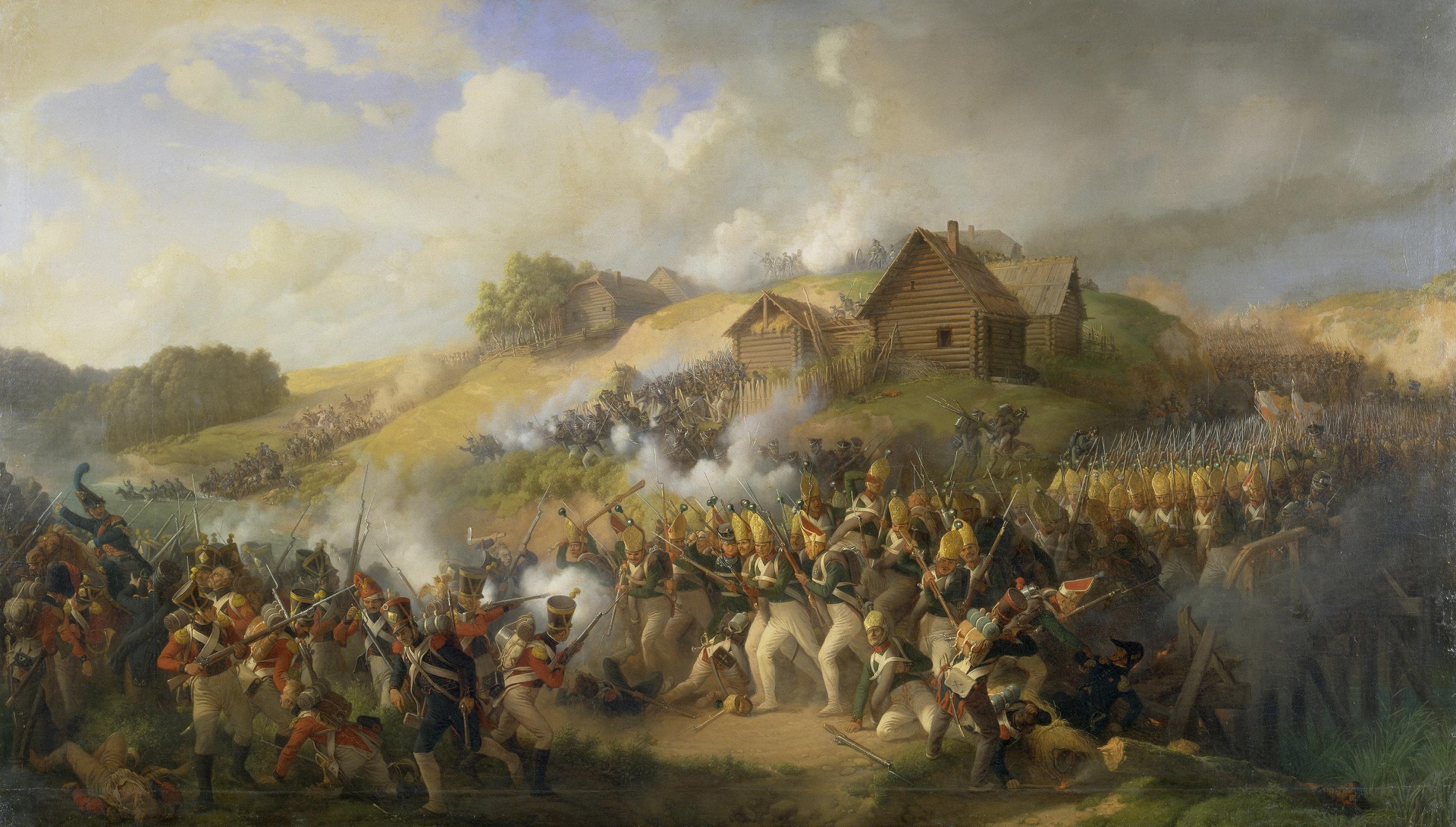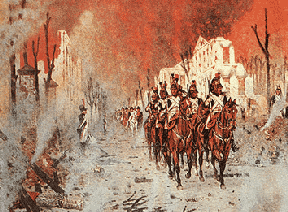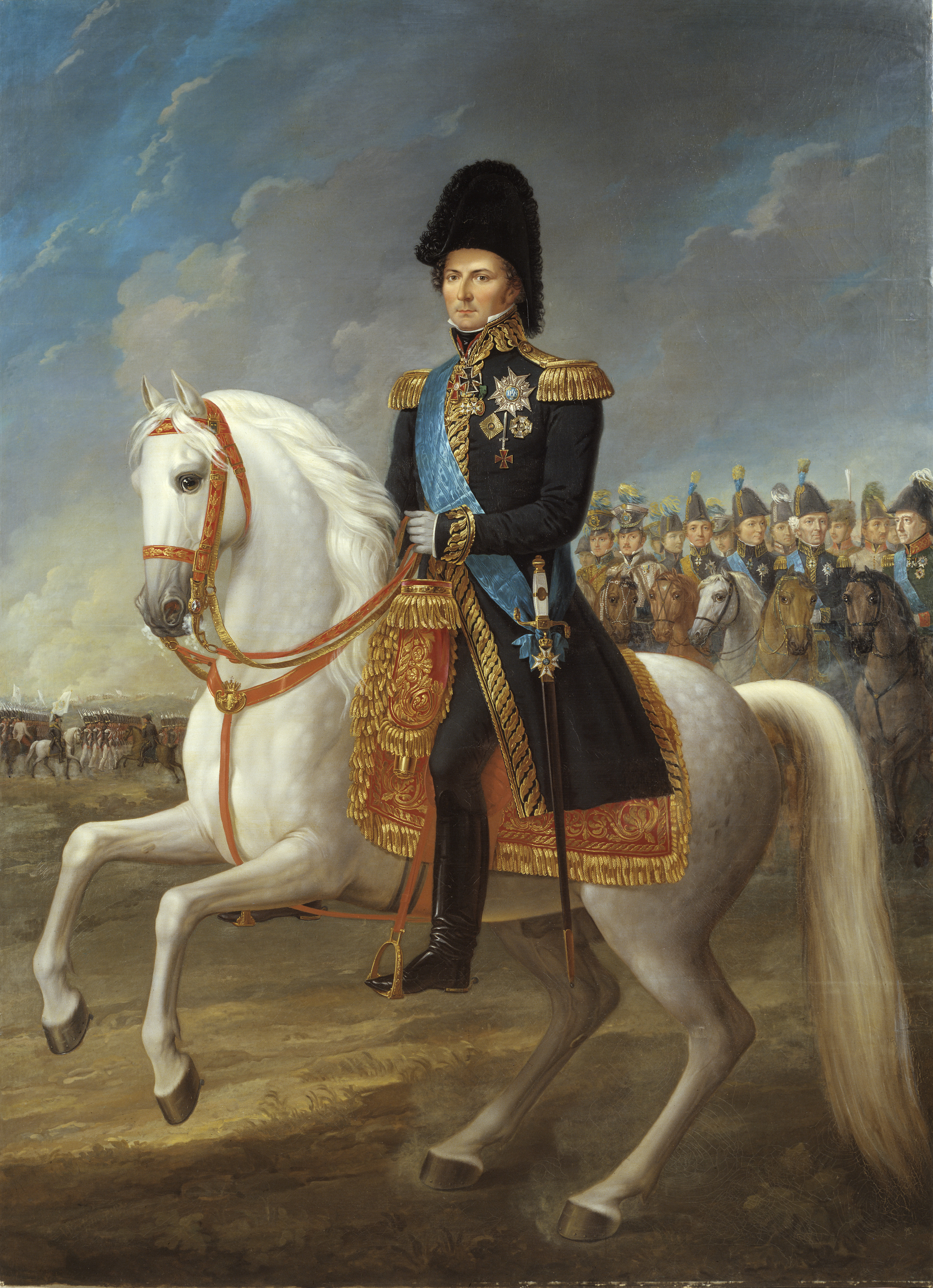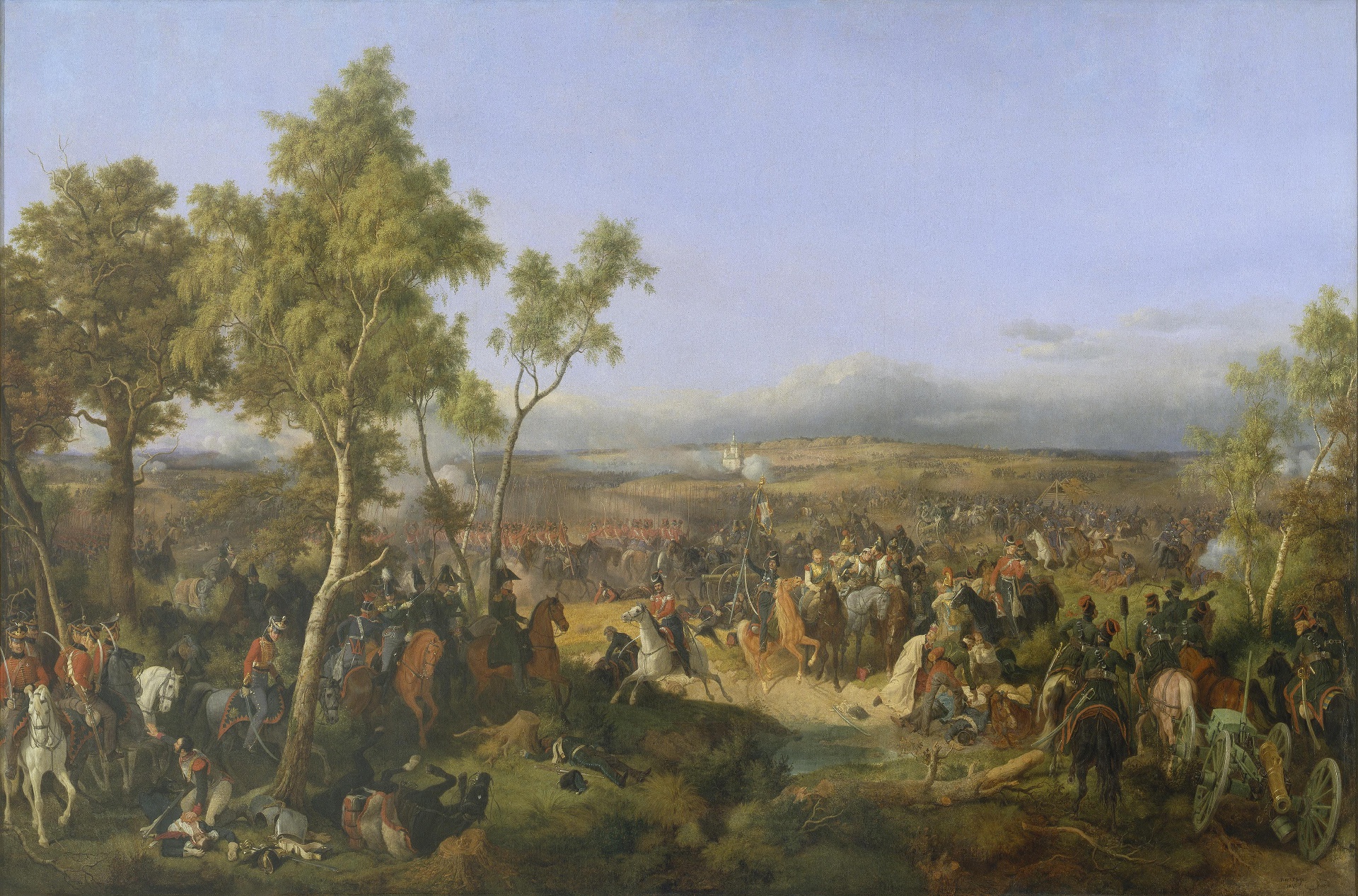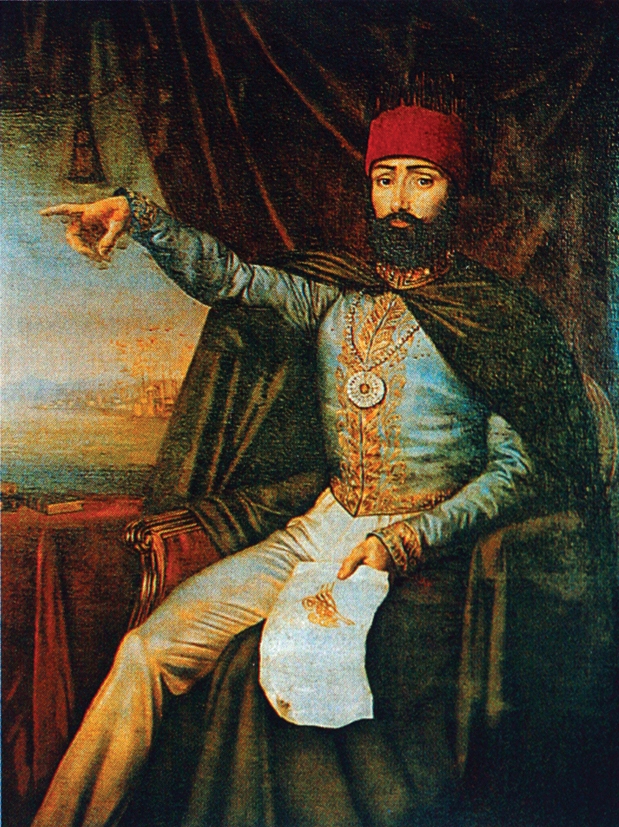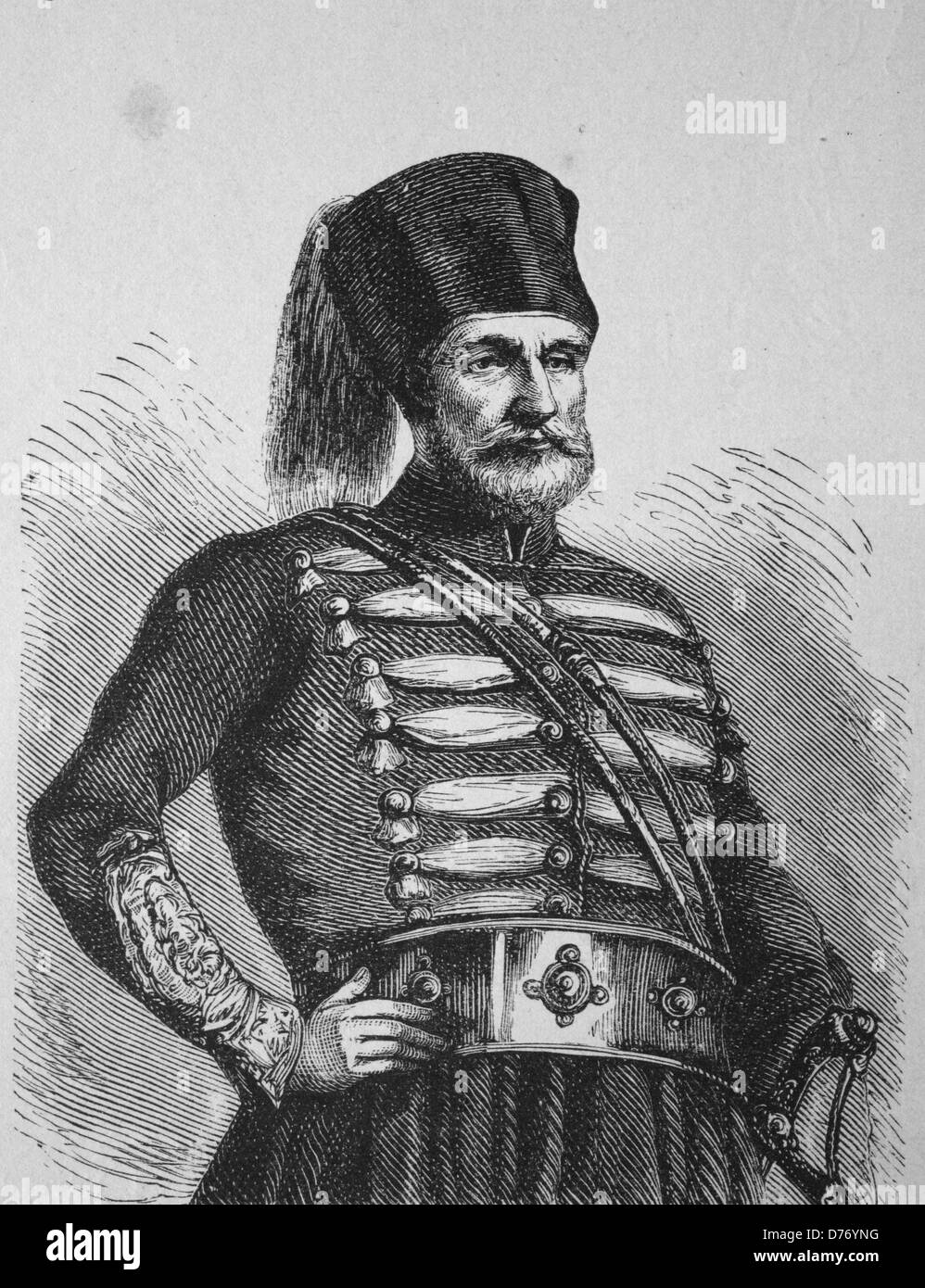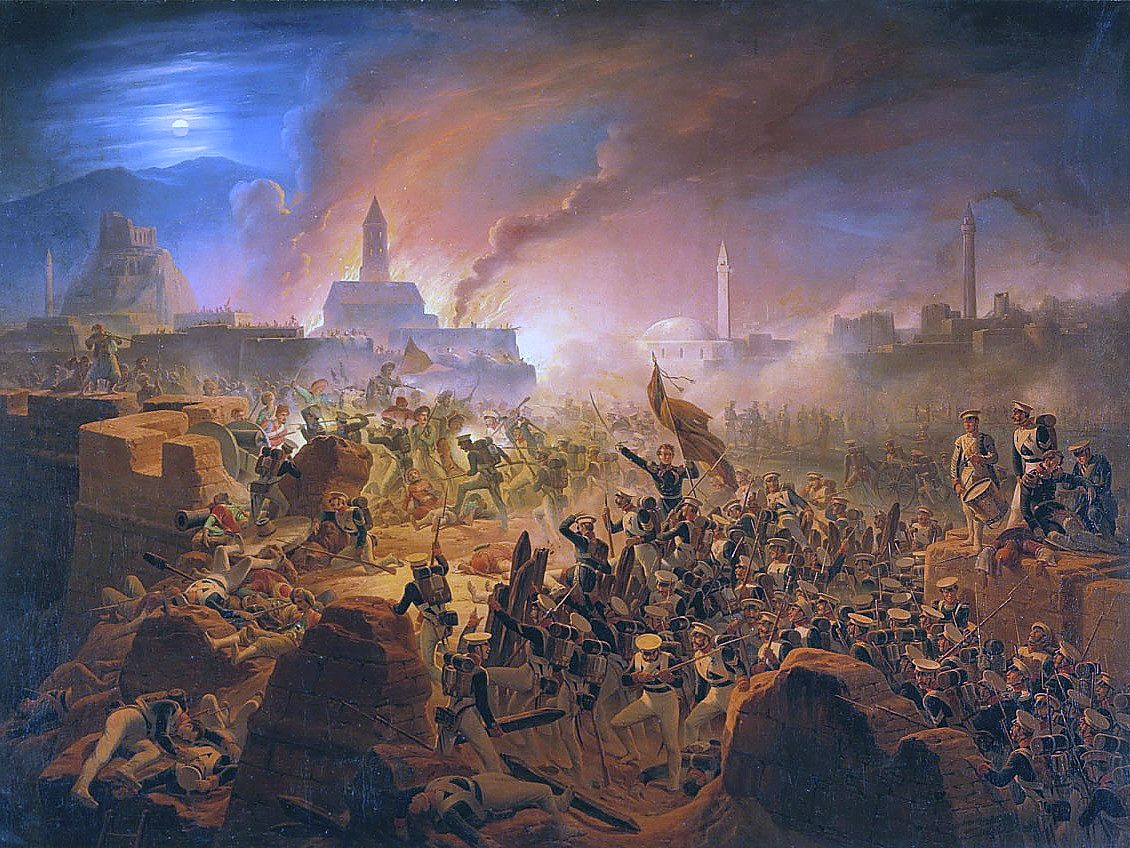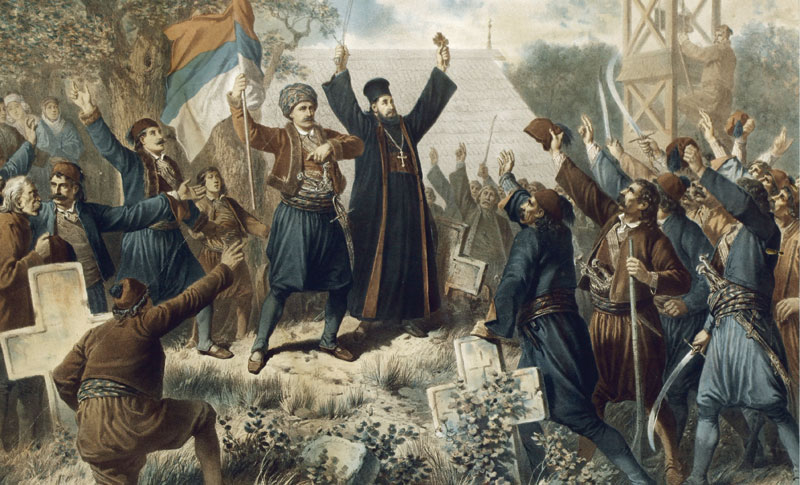Yes it's one of the few times I have seen a opportunity for Sweden to rise again, so I hope you go that way. While such a Sweden won't be the equal of Prussia, France if Austria, it would still be a important actor in Europe. Which would be part of shy anti-Russian alliance.
Maybe but by then Europe are in the middle if a massive clusterfuck, what can UK really do, also I suspect Russian will have limited gain, if not outright losses (they're giving Azerbaijan to the Persians, correct? In which case I suspect the Pesians also want a Armenian and Georgian buffer states against Russia and the rump Ottomans). It seem more of a Egyptian-Persian coalition beating the Ottomans, while the Russans send money, and I imagine the Ottomans will also have to deal with Armenian and Greek uprising at the same time. So UK can choose to join a alliance of absolute regimes against a weaken Russia, or they can just let two Muslim states split up the Arabic and Kurdish parts if the Ottoman Empire, a Ottoman Empire, which de facto have joined the Abolute Regime alliance. Much of the British objection to Egypt taking Syria in OTL was that Egypt was seen as a French client and fear to weird the Ottomans against Russia. If the Russians are pushed back in the Caucass and the Ottomans replaced on the border by a stronger Persia, I could see the Zbritish letting the Ottomans fail.
One the first point: The war will be seen as a perfect opportunity for the Swedes. King John seems to be his own man and would rather do it on his own. However a United Scandinavia will be a powerhouse in Europe for the years to come. It may even rival France and Austria in power. You will see soon.
On the next point: Giving up the entire Caucasus region to Iran would be a bit too much. What is likely going to happen is a compromise. So it may look something like Russia give Azerbaijan to Persia. Russia and Iran split Armenia and Russian maintains Georgia. Remember the Revolutionary govt is looking for support and cannot afford to alienate the hardliners like Ivan Peskivich. Iran will be happy to accept Azerbaijan. Besides Abbas Mirza wants to modernize the Persian military to European standards to defeat the Ottomans and expand Persian power in the middle east and Hindu Kush. So he will accept Azerbaijan with a chance to modernize the Persian military. I doubt Great Britain will be thrilled to not only worry about Russia but as well with Persia since British India is their prized jewel. Egypt and Persia for the most part will do the heavy lifting pummeling the Ottomans in the middle east. Russia will just send military aid. Russian advisers will also train Persian and maybe Egyptians as well. One big sticking point will be the Balkans. And what I have plan for the Balkans well.....let us just say the Balkans explode and Russia takes advantage of that.
